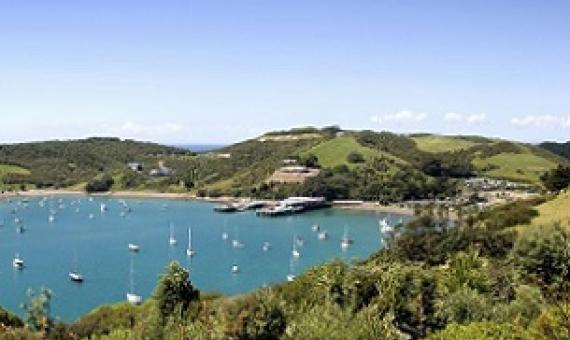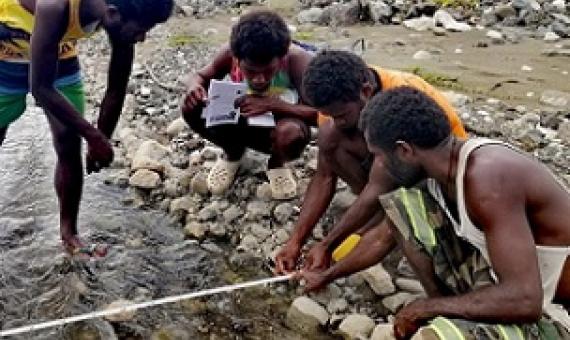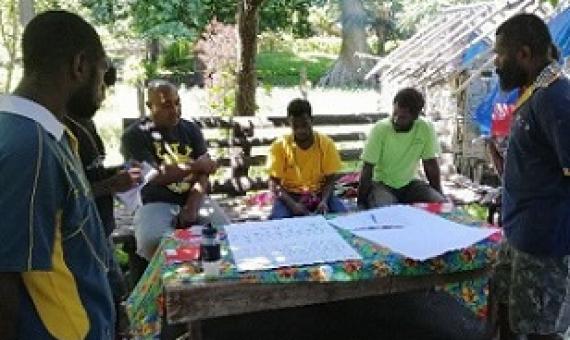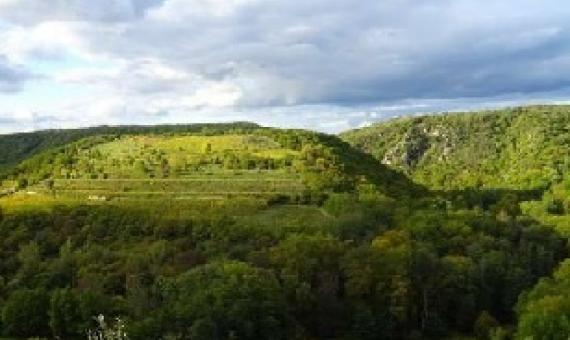The year 2020 was always destined to be a crucial one for biodiversity, with the Cop15 conference in Kunming, China scheduled for October, at which the international community was expected to agree a Paris-style agreement for nature.
If it did nothing else, the emergence of Covid-19 a year ago underscored for all of us the importance of anticipating and preparing for — and, as appropriate, steering the course of — things that might happen in the future.
The unique landscapes of some of Auckland's treasured Hauraki Gulf islands are at risk from development and a "woeful" lack of planning and protection, a new report warns.
Locally-managed marine areas: multiple objectives and diverse strategies
Community-based management and co-management are mainstream approaches to marine conservation and sustainable resource management. In the tropical Pacific, these approaches have proliferated through locally-managed marine areas (LMMAs). LMMAs have garnered support because of their adaptability to different contexts and focus on locally identified objectives, negotiated and implemented by stakeholders. While LMMA managers may be knowledgeable about their specific sites, broader understanding of objectives, management actions and outcomes of local management efforts remain limited.
The COVID-19 pandemic is leading to increased poverty and inequality, further intensifying the need to focus on a recovery that is inclusive and sustainable. For local communities suddenly stripped of direct economic benefits from nature, supporting wildlife conservation has become a lo
MSIG Asia today announces a three-year partnership with Conservation International Asia-Pacific (CIAP) to champion biodiversity conservation and drive forward the business’ sustainability efforts in the region. This partnership will contribute to biodiversity conservation efforts in six core
In late October, 36 individuals from around the North West and West Coast Santo area councils converged on the village of Penouru to participate in Vanuatu’s first Environmental Ranger training program.
Vanuatu’s longest stretch of coastline (over 110kms) is also home to Vanuatu’s largest biodiversity hotspot: The West Coast Santo Mountain Chain...The Santo Mountain Chain’s stunning plants, animals and high peaks, combined with extreme development challenges are exactly why the Santo Sunset
The proportion of Earth’s surface designated as “protected” has expanded over the past decade. But new findings show these areas have failed to improve the state of the environment, casting doubt on government commitments to biodiversity conservation.
Scientists have conducted a new global review of protected areas, finding that to be more effective, area-based conservation efforts need to be better funded, climate smart, and equitably managed. The new research published today in Nature identifies the actions needed fro















